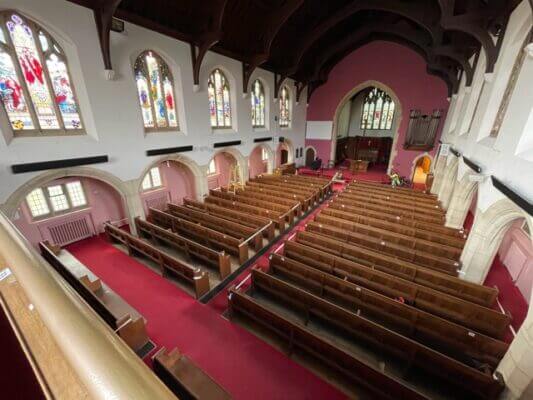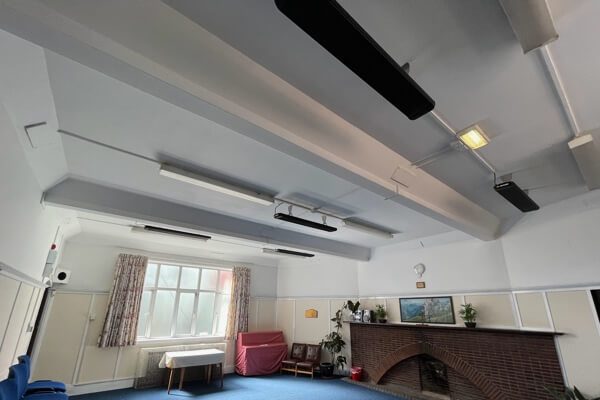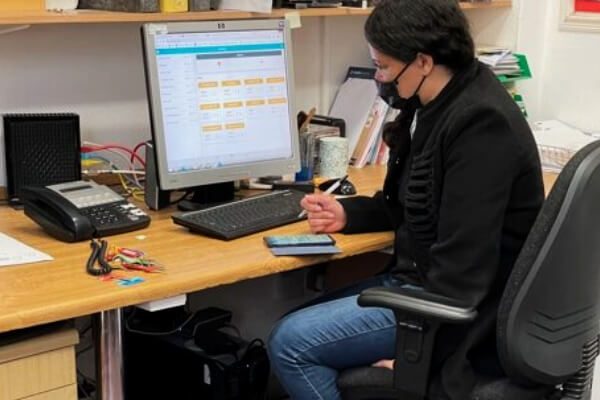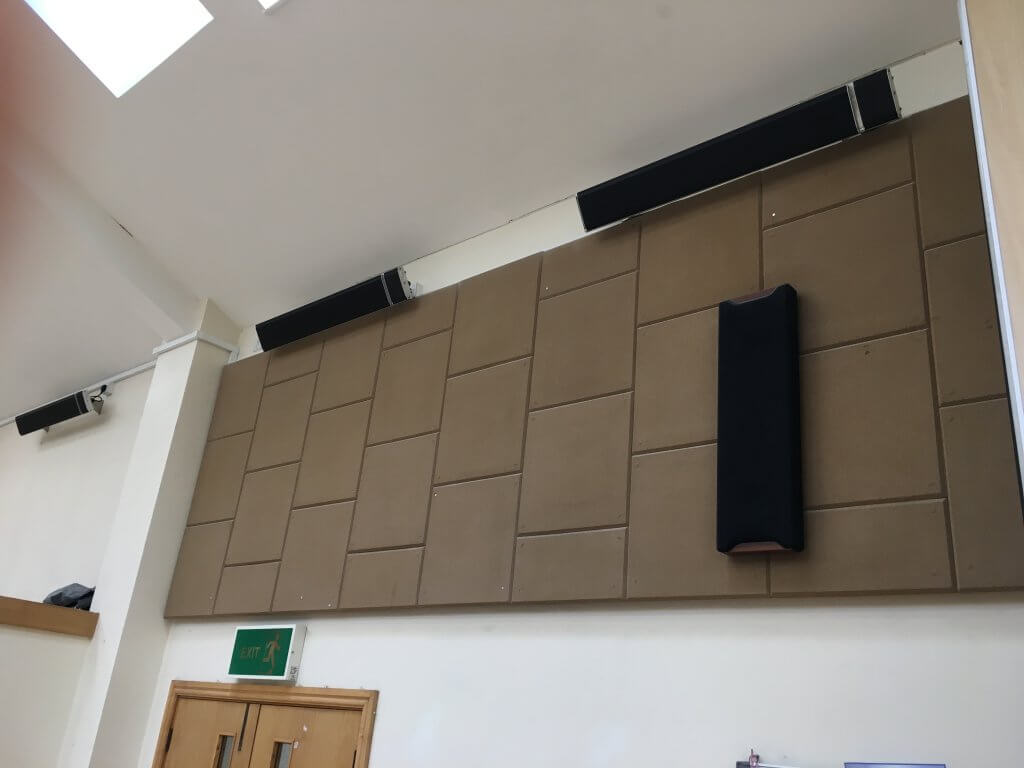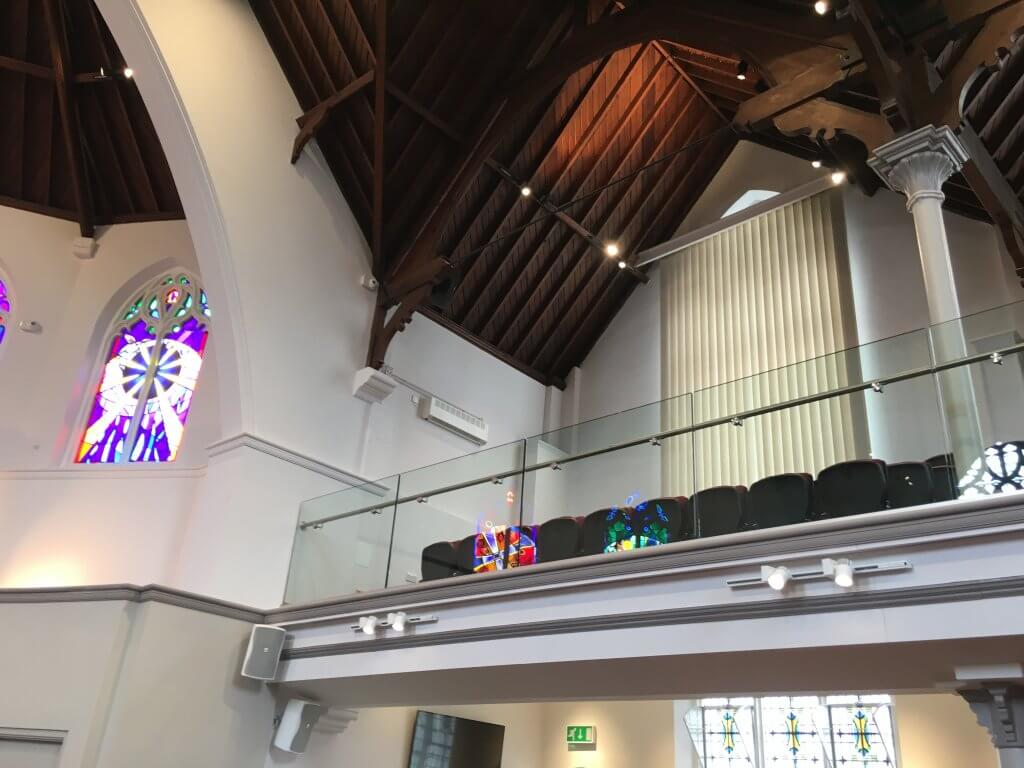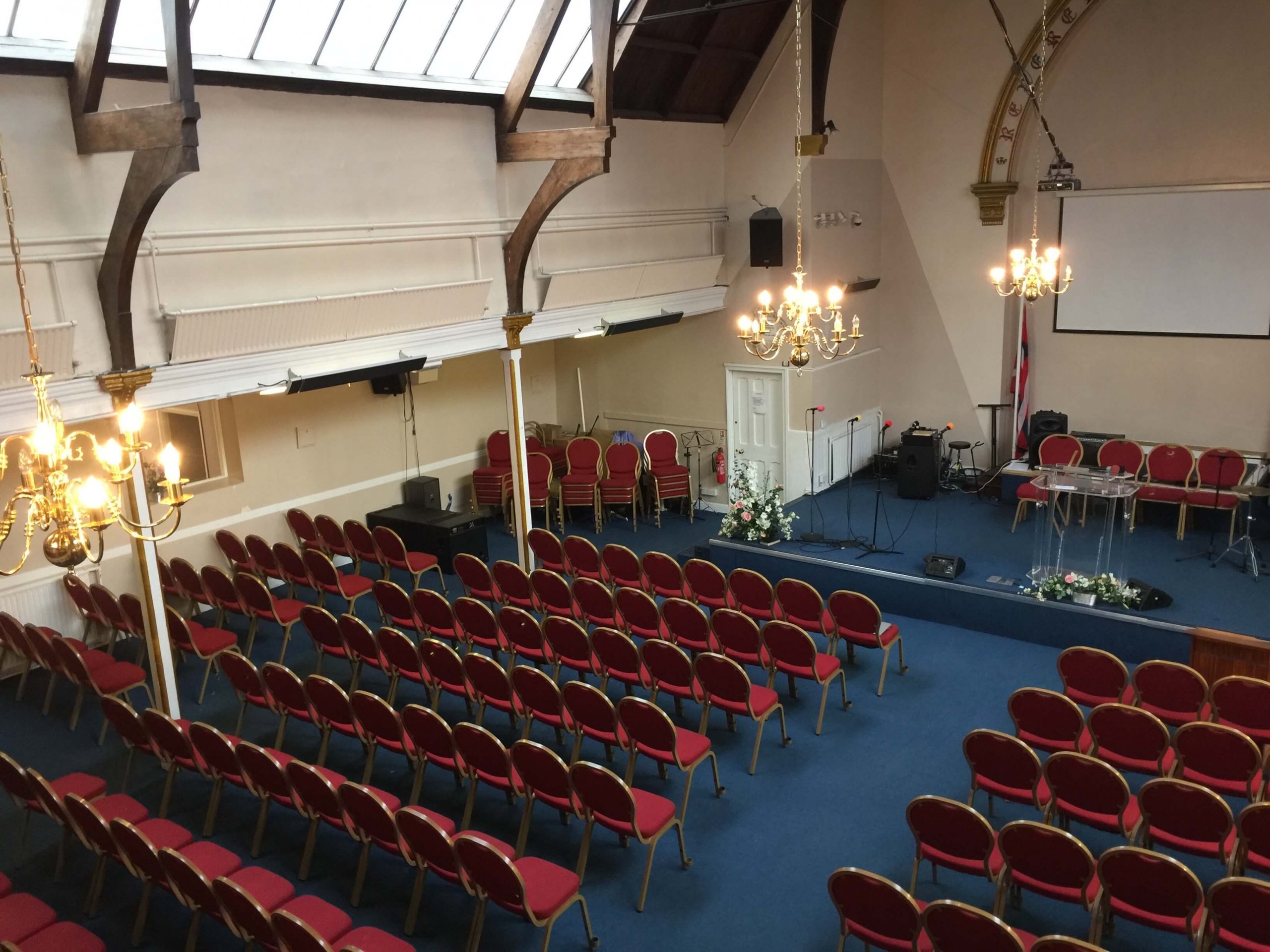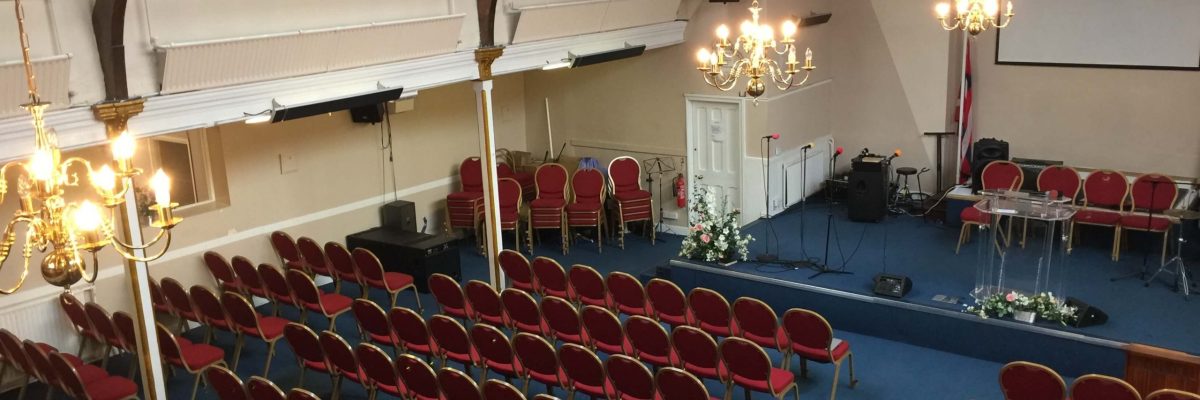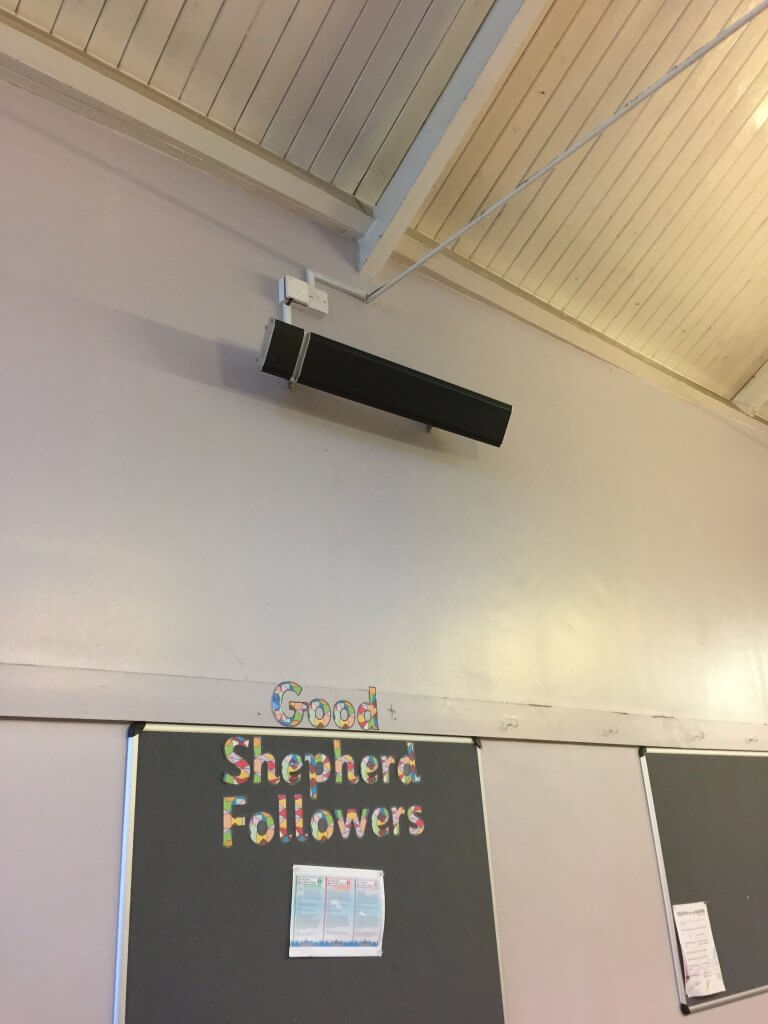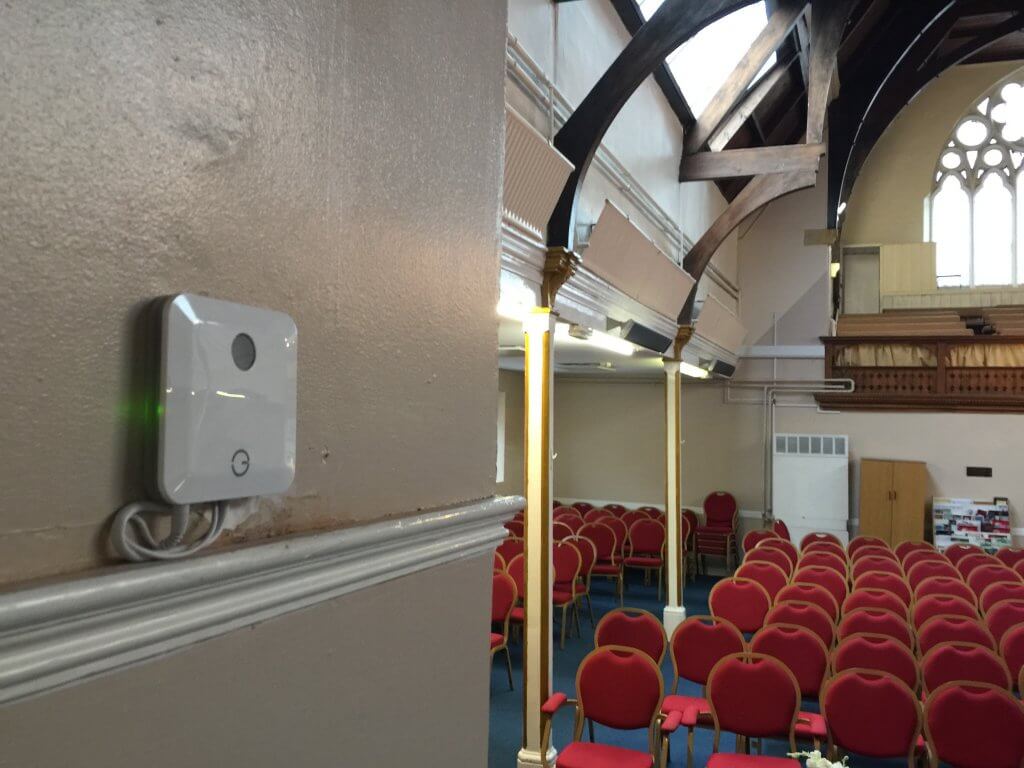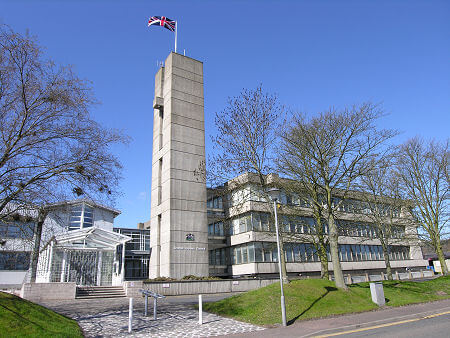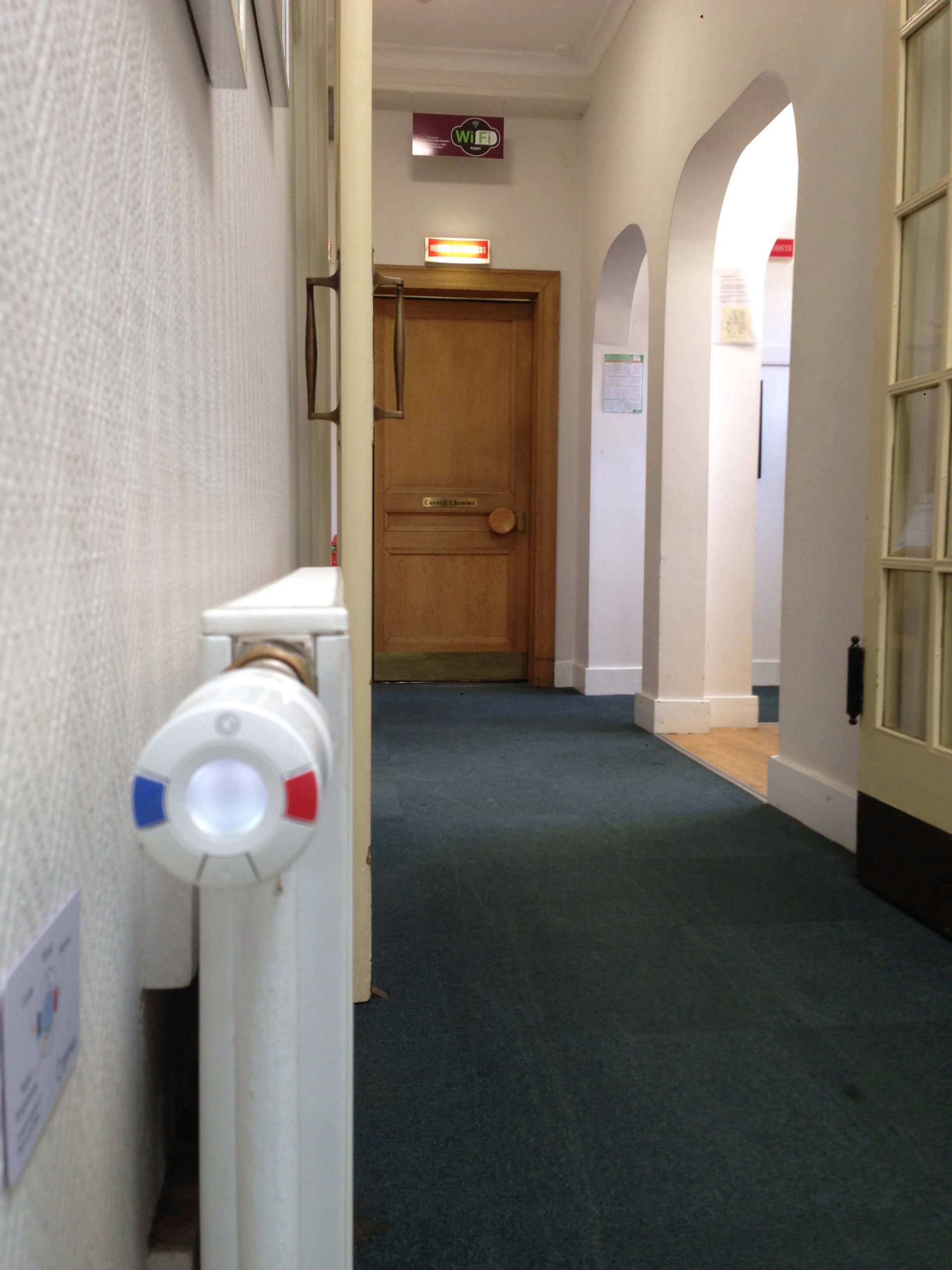
COVENTRY CITY COUNCIL
CASE STUDY
Large, historic buildings are notoriously difficult to heat efficiently. We take a look at how Coventry City Council are using smart heating controls to cut their carbon footprint, keep occupants comfortable and preserve the beauty of their historic buildings.
Coventry City Council started monitoring the carbon footprint of its operations in 2008, and by 2016 they’d already reduced emissions by an impressive 35%. But they’re not stopping there. They continue to make improvements, including reducing the energy consumption of their buildings.
After seeing the success of the Genius Hub installation in the council-owned Coombe Abbey Hotel, the council have been keen to explore how Genius Hub can help them continue to reduce energy consumption. So they installed Genius Hub smart heating controls in another 14 buildings of various types, including schools, care homes, pavilions and offices.
The council also trialled two heating control systems from other manufacturers, however both installations encountered serious setbacks. One system was incompatible with the council’s computer systems, so installation could only be completed after the supplier rewrote their app, which took three years. Another installation, of a wired system, encountered reliability issues as the cables kept snagging where the installers had to route cables through tight turns. Ultimately, this installation was abandoned entirely.
In this case study we’ll focus on just one of their Genius Hub installations: the council’s iconic Council House, a historic building in the centre of the city.
The Council House: a Grade 1 listed building
Constructed in 1917 and designed to accommodate 1,500 employees, the Council House is an impressive Elizabethan-style building. It consists mainly of office space, but also houses large formal rooms such as the Council Chamber, Mayor’s Parlour and various committee rooms.
When it comes to heating period buildings such as this, energy efficiency is a challenge. Many of the options available to more modern buildings aren’t compatible with preserving the beautiful façade and interior details.
However, heating controls were an area that could certainly be improved. Previously the heating was controlled by a Building Management System (BMS) that only divided the building into three large zones, making it impossible to manage the heating efficiently. Even worse, the BMS didn’t control the air conditioning system in the meeting rooms, so they were often being cooled while the heating was still on.
The council received funding from the Public Sector Decarbonisation Scheme, which enabled a package of energy efficiency improvements to be implemented in the building, including the installation of Genius Hub motion-sensing heating controls.
We interviewed Paul Bowell, the Assistant Facilities Manager, to capture his experience of the installation and use of Genius Hub.
Did you have any concerns before installation?
“Yes. This is a challenging building, both because we need to preserve the building itself, but also because of the occupants. I understand why we’re making changes to save energy, but I knew we wouldn’t be able to please everyone. I wasn’t sure whether staff would understand why rooms wouldn’t be kept warm all the time, and how we can get them on board.”
How do you find using the app?
“Brilliant, I love it. The user interface is great and really easy to use. It’s simple, it’s well laid out, and it gives me instant control over all the different buildings from one place. I use it on the phone or the computer. At my desk, I prefer to use the computer, but when I’m not on site I use my phone, which works well.”
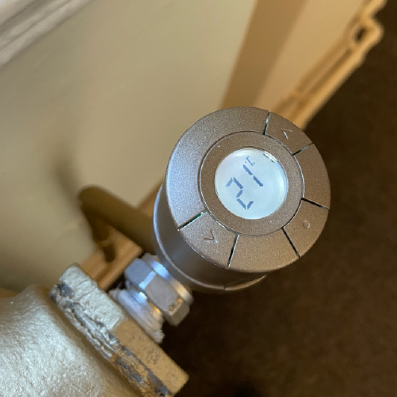
How was the process of design and installation?
“Genius Hub did a site visit with the installation company and they designed it together, then presented this design to us with a fully costed proposal. We had quite a few questions but we had several meetings, and all our questions were answered.”
The system was designed to control each room individually, based on occupancy. Genius Hub functions automatically, enabling significant energy savings without needing occupants or staff to adjust heating controls.
In total, the system controls over 250 radiators, the ventilation system and air conditioning units. The smart radiator valves were colour-matched to the cast iron radiators, so that they blend in. As Genius Hub is a wireless system, there’s no need to run wires to every device, or all the messy drilling that would be required to do so.
“The installation crew were excellent; very professional, clean and tidy. They really took care of the building fabric, and also worked around the occupants to minimise disruption. For example, if a meeting room was being used at particular times, they’d work around this.”
How did the system perform?
“Initially a few occupants were trying to adjust the valves manually and complaining when it didn’t work as they expected, but Genius Hub helped us resolve that and the occupants are happy with it now.
In some rooms, Genius Hub has improved the comfort, because previously the radiators at the end of each pipe run wouldn’t get warm. After installing Genius Hub, the heat is only being used where it’s needed, so it is better distributed around the building. So now those radiators are working really well, and we’ve been able to remove the additional electric heaters we’d previously been forced to install.”
The client estimates the savings in the first winter to be over 60%, compared to the building’s energy usage before the Genius Hub was installed.
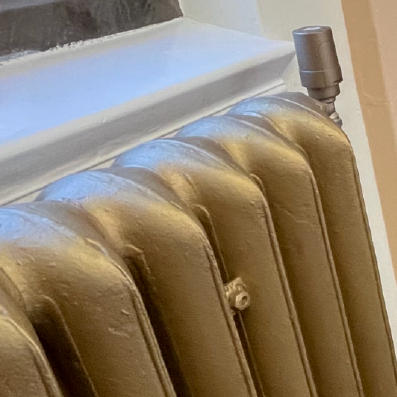
Would you recommend Genius Hub?
“Yes, definitely! Despite the challenges of this building, Genius Hub has worked very well, so I’d definitely recommend it.”
